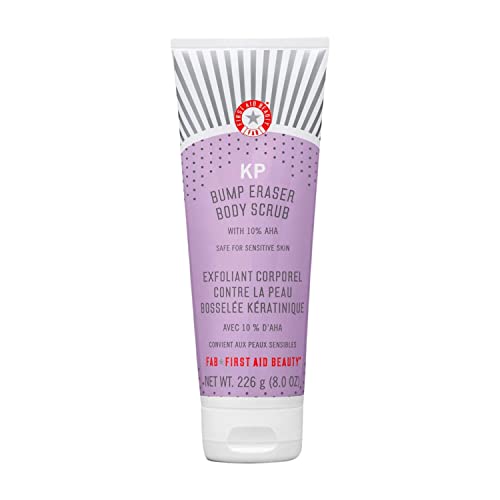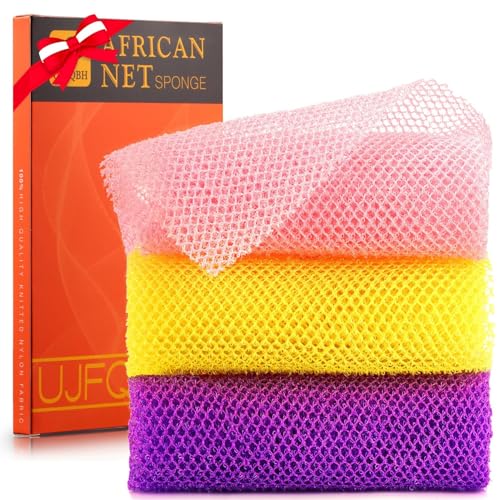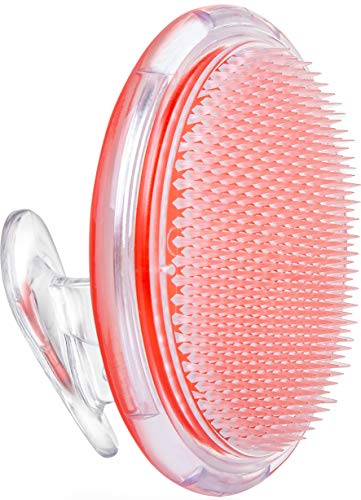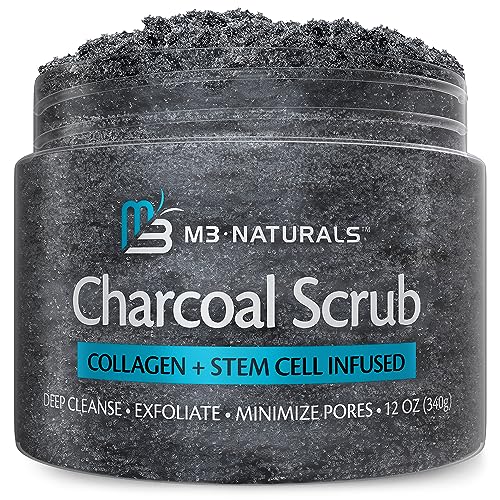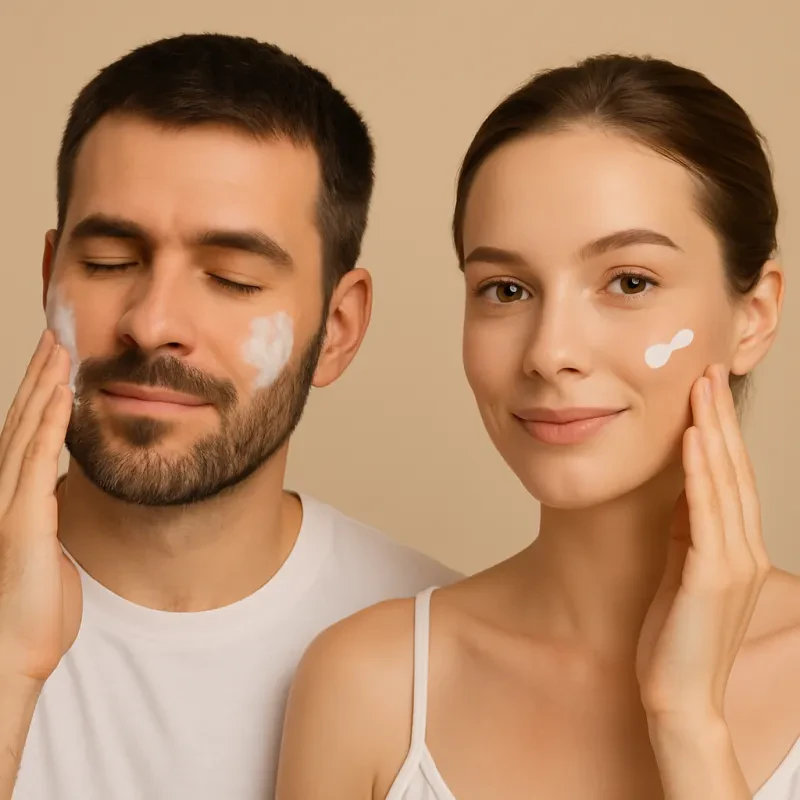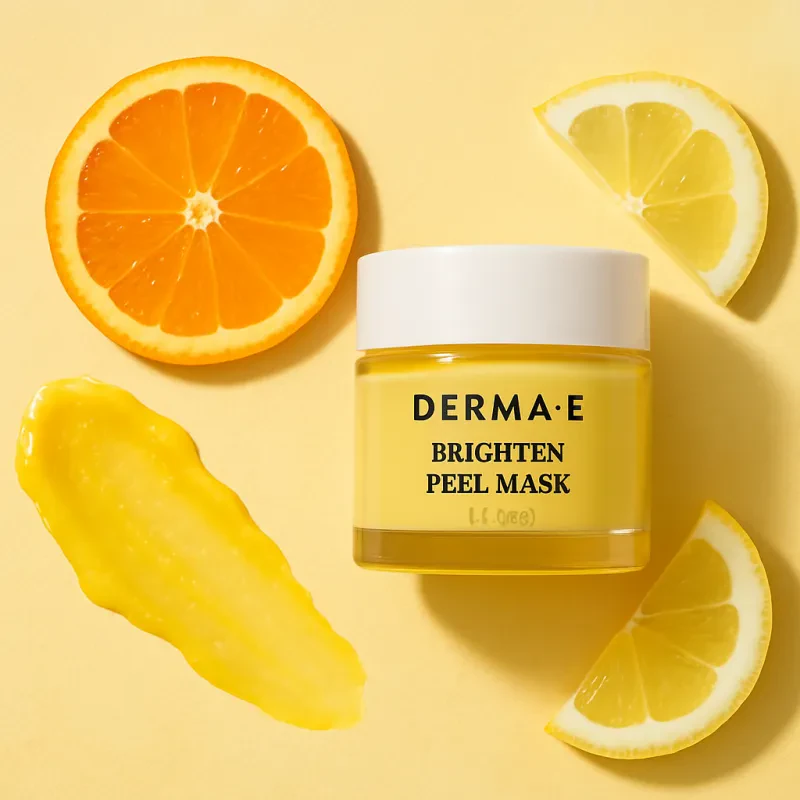Exfoliation is a process that helps to remove dead skin cells from the surface of your skin. It can be done in two main ways: mechanical and chemical. Mechanical exfoliation involves physically scrubbing the skin with an abrasive substance, while chemical exfoliation uses substances like alpha-hydroxy acids (AHAs) or beta-hydroxy acids (BHAs) to dissolve dead skin cells.
For the best and safest way to exfoliate, it's important to consider your skin type:
- Sensitive skin may react to harsh exfoliants, so it's better to use gentle methods like a soft washcloth or mild chemical exfoliants.
- Normal skin can typically handle a variety of exfoliation methods.
- Dry skin might benefit from moisturizing exfoliants to prevent further dryness.
- Oily skin may require more robust exfoliation methods to help clear pores.
- Combination skin may need different exfoliation methods for different areas.
Here are some general tips for safe exfoliation:
1. Choose the right exfoliation method for your skin type.
2. Be gentle with your skin to avoid irritation.
3. Use lukewarm water to rinse your skin after exfoliation.
4. Always moisturize your skin after exfoliating.
5. Use sunscreen daily to protect your newly exfoliated skin.
It's also important to note that over-exfoliation can damage the skin, leading to redness, irritation, and increased sensitivity. Therefore, it's recommended to exfoliate only once or twice a week, depending on your skin's tolerance.
For personalized advice, it's best to consult with a dermatologist who can recommend the most appropriate exfoliation method for your skin type and concerns.

